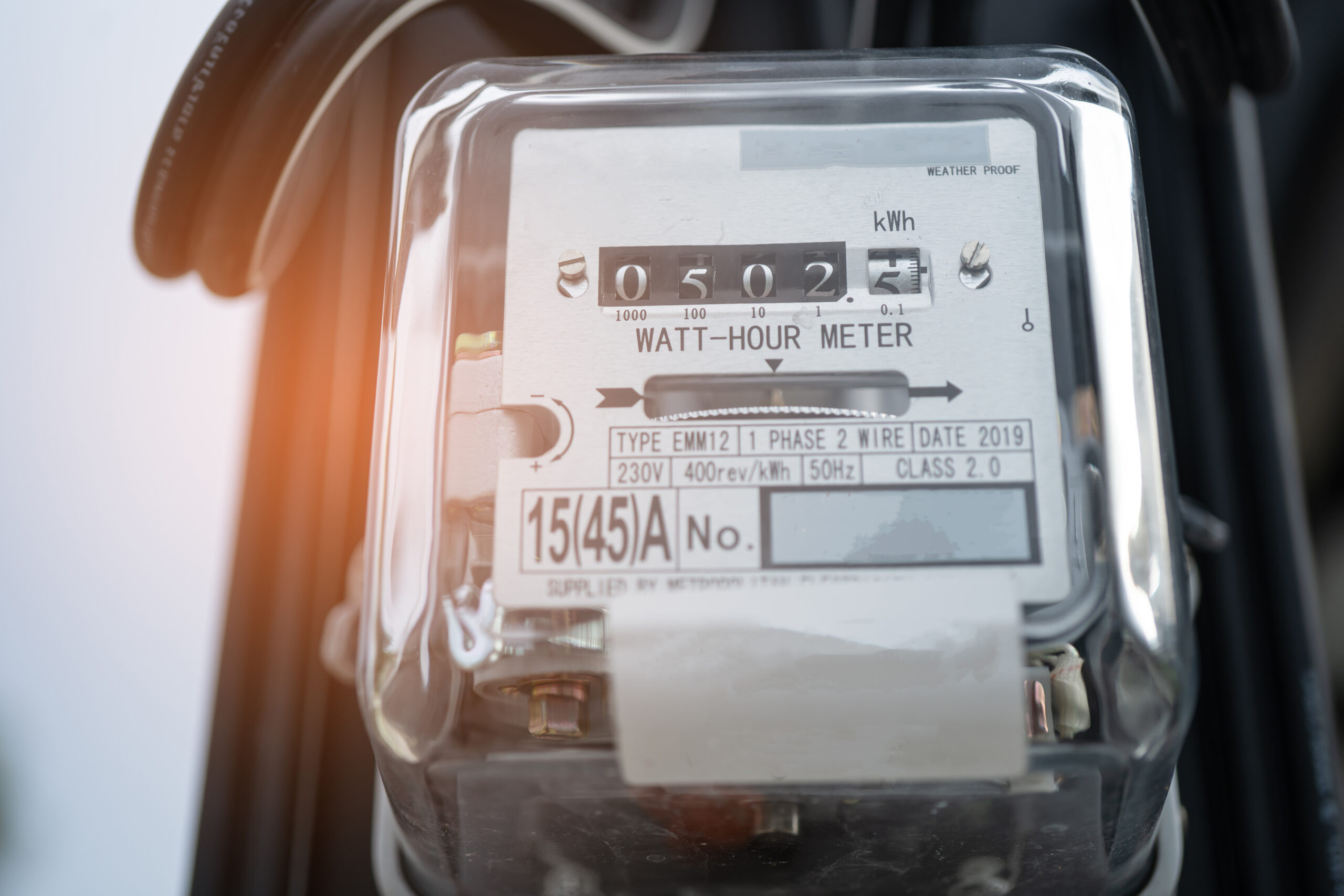
8 Things to Know About Your Energy Bill
Do you ever receive your energy bill and find yourself staring at a sea of numbers and terms, feeling utterly confused about what it all means? You’re not alone. Understanding your energy bill is essential for managing your household expenses and becoming more energy-efficient. So, let’s break it down and demystify the complexities of your energy bill.
1. Start with the Basics: Locate crucial information like your account number, billing period, and due date. Ensure these details match your expectations and keep track of your billing cycle.
2. Meter Readings: Pay attention to the current and previous meter readings. The difference between these numbers indicates your energy usage for the billing period. You may start asking yourself, why was your usage higher (or lower) this month than last? What did you do differently? Did the temperature spike up so you used more A/C? Did you have family and friends over to watch the big game? Maybe there were simple changes you could make to get that energy usage to drop like making sure you turn off the lights when you leave the room. We are full of ideas! Verify their accuracy; discrepancies could lead to incorrect charges.
3. Rate and Usage Information: Understand the rate at which you’re charged for electricity (per kWh) and review your total energy consumption (in kWh) during the billing cycle. Monitoring usage trends helps you adjust habits to save energy.
4. Breakdown of Charges: Your bill comprises various charges
- Basic Service, Transmission, and/or Delivery Charges: The fees and charges for your utility company to bring the supply to you and maintain the connection (Think power lines, poles, pipes).
- Energy Supply Charge: The cost of electricity consumed, calculated based on usage. This is where ResCom Energy can help! This charge is for the energy that is brought into your home by the utility. The charge is calculated by taking the kWh you used for the billing period and multiplying it by your rate.
- Taxes and Fees: Government taxes, regulatory charges, and sometimes service fees.
- Other Charges: Additional services or penalties incurred during the billing cycle.
5. Total Amount Due: This is the sum of all charges. Pay by the due date to avoid late fees.
6. Payment Information: Find details on accepted payment methods, due date, and where to send your payment. Online portals or mailing addresses are usually provided.
7. Understanding Unusual Charges: If you spot unexpected fees or a significant increase in your bill, contact your utility company for clarification. It could be an error or due to changes in rates or usage.
8. Managing Energy Costs: Use your bill as a tool to monitor usage patterns. Implement energy-saving practices like using energy-efficient appliances, adjusting thermostat settings, and turning off lights when not in use to lower your bill.
Understanding your energy bill empowers you to take control of your energy usage and costs. If you ever find the bill confusing, don’t hesitate to reach out to your utility provider for assistance. You can also sign up for our newsletter HERE for more helpful tips and tricks! With a bit of knowledge and attention, you can navigate your energy bill like a pro, ultimately saving both energy and money!